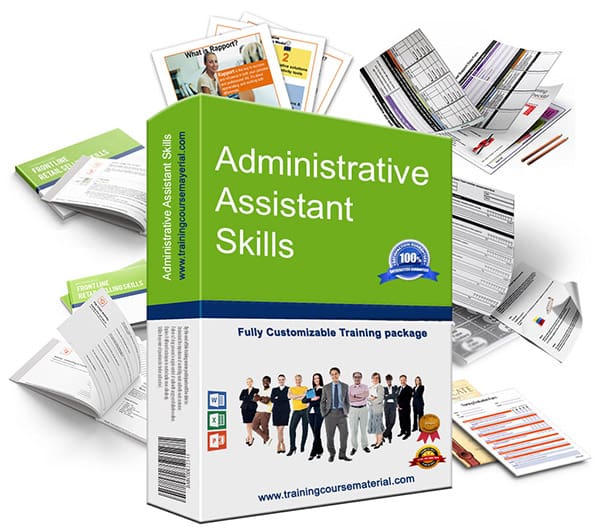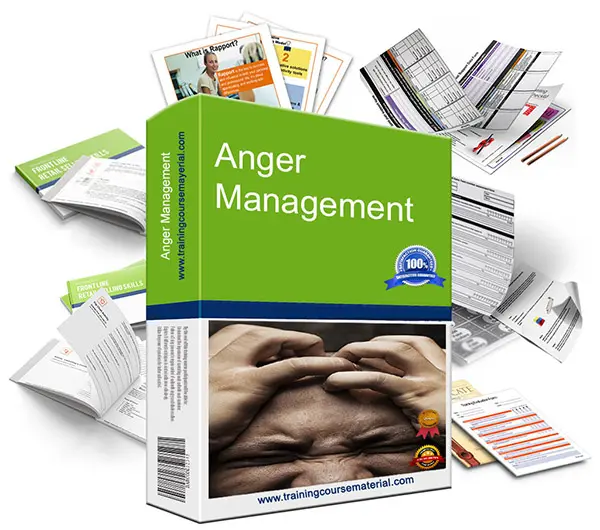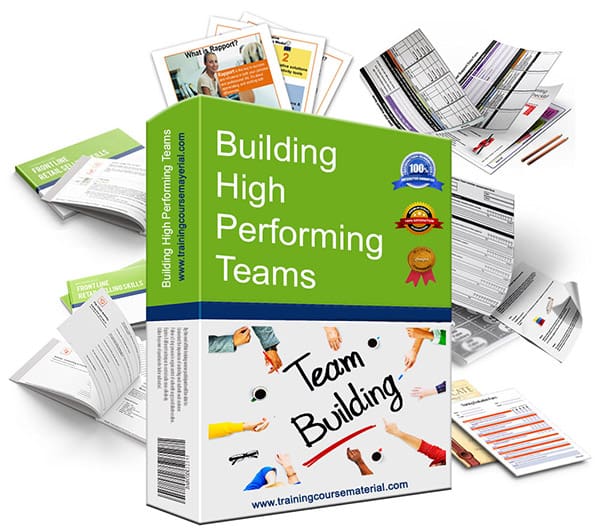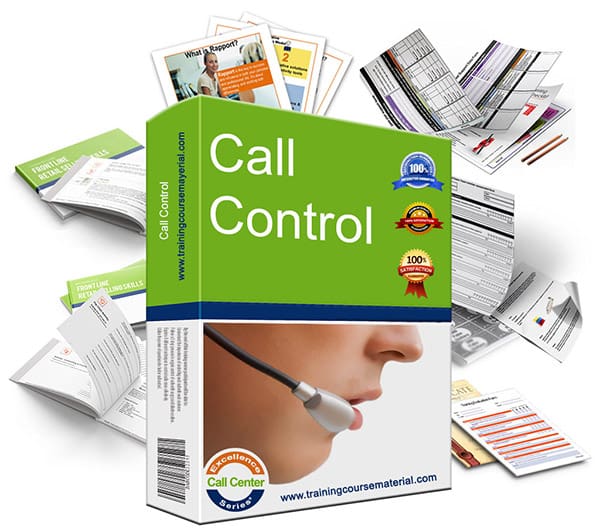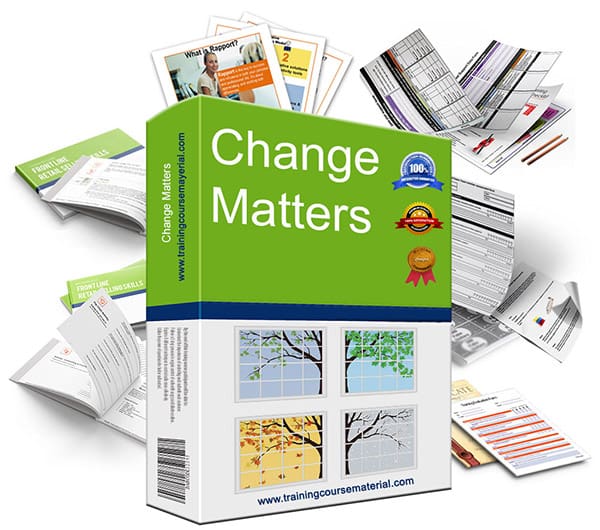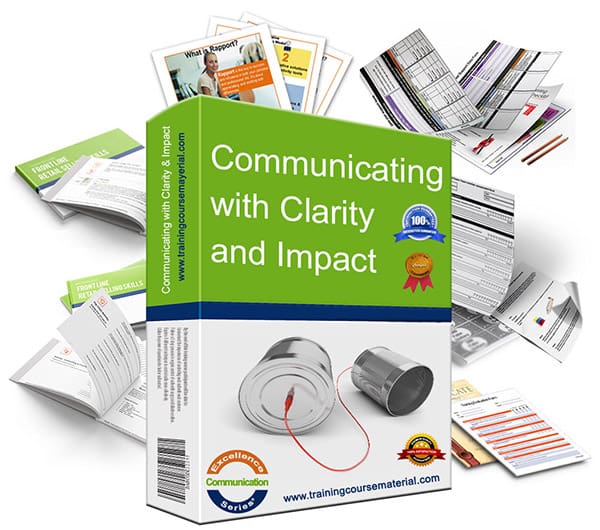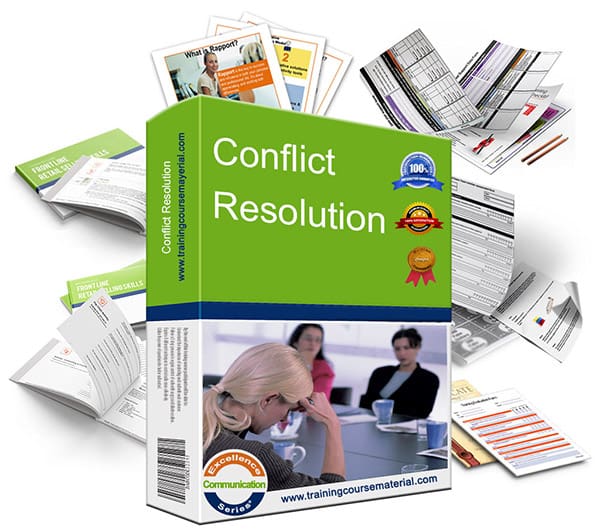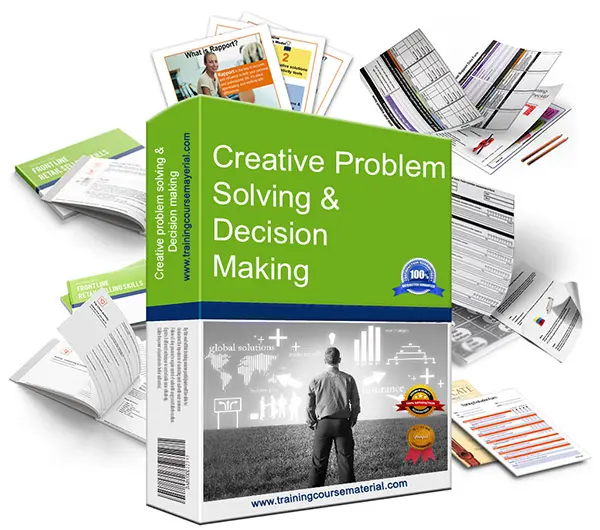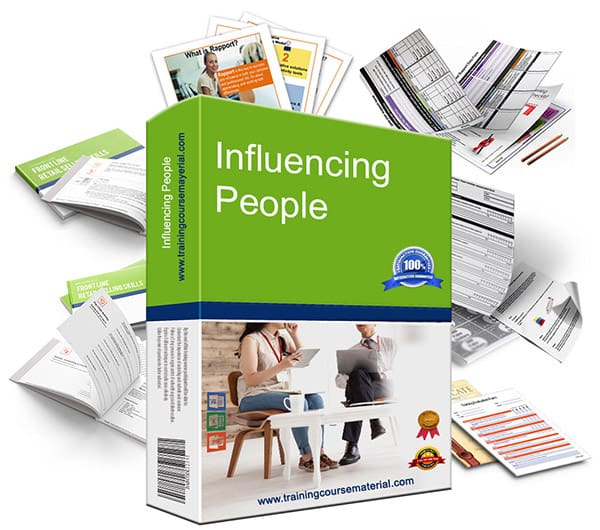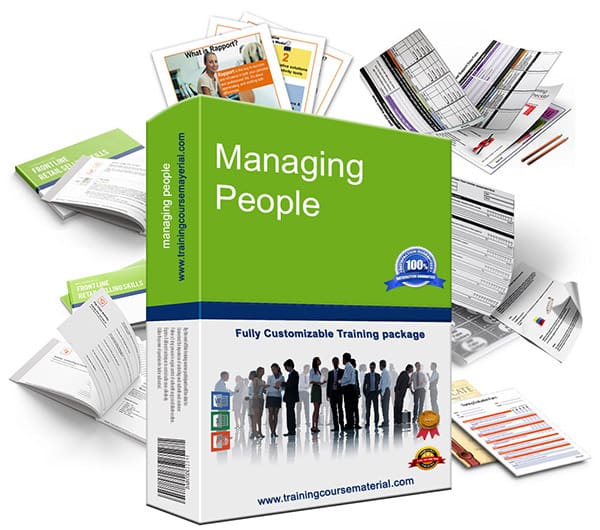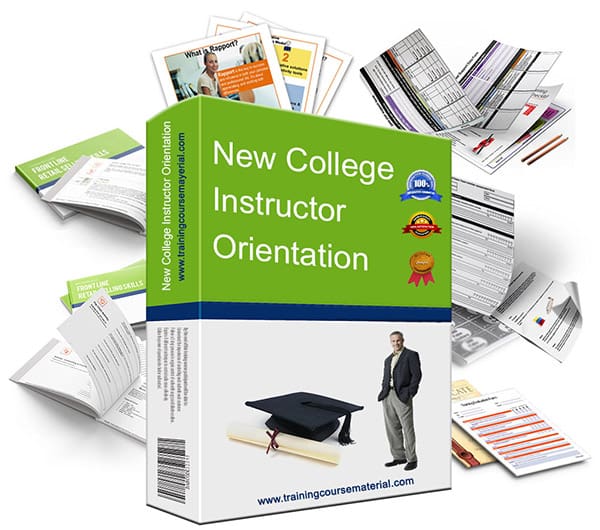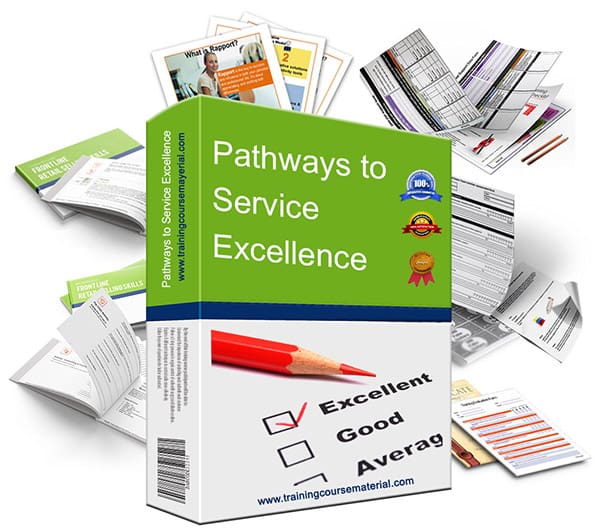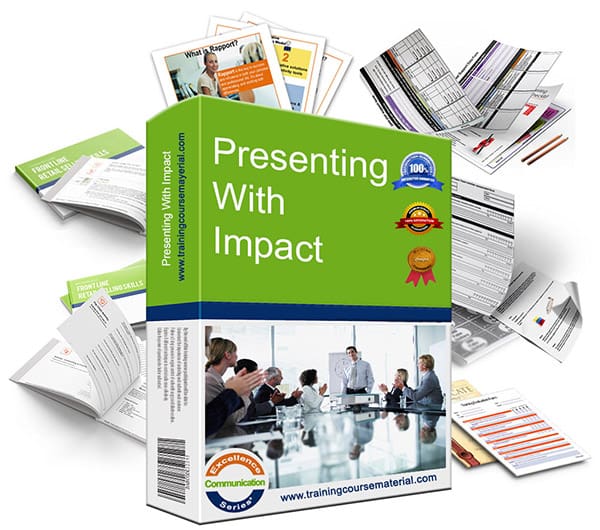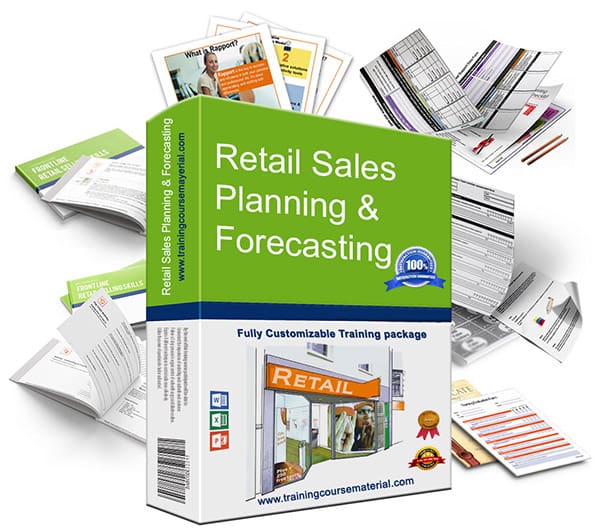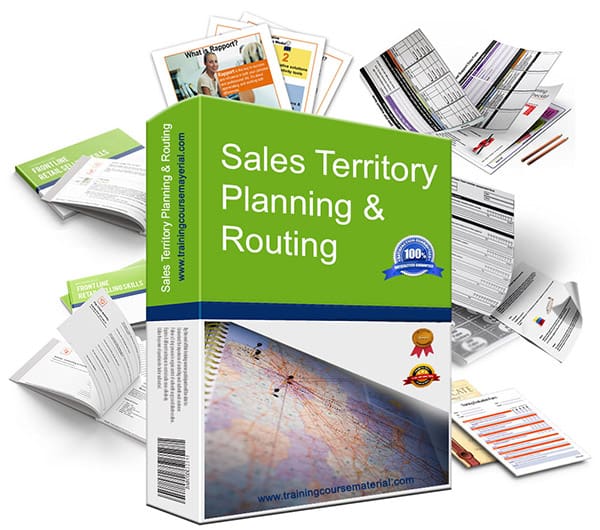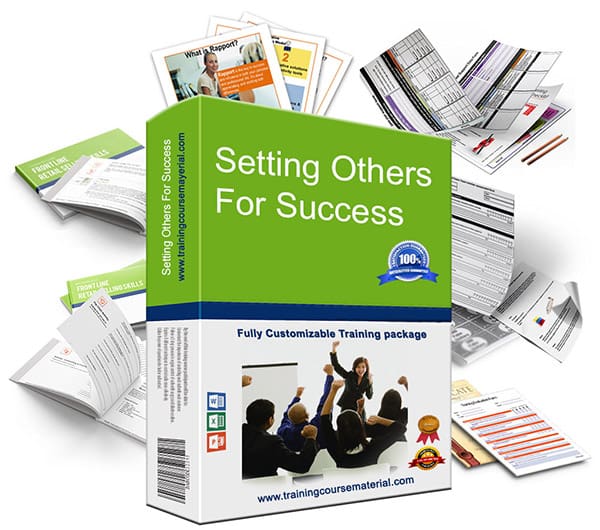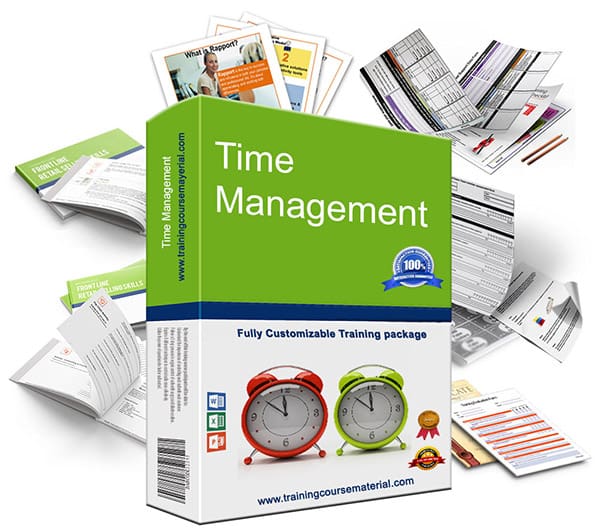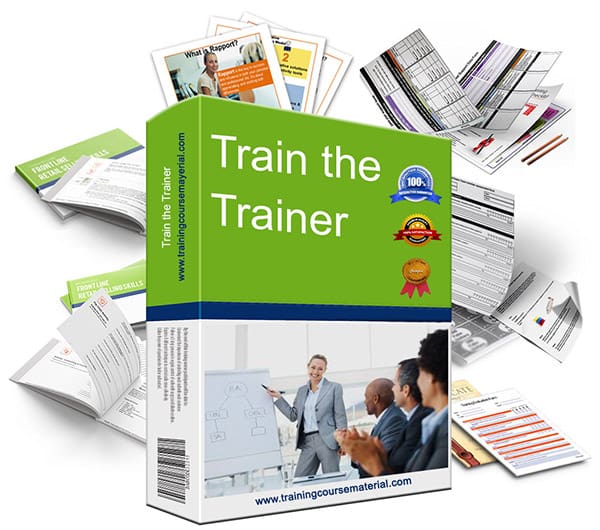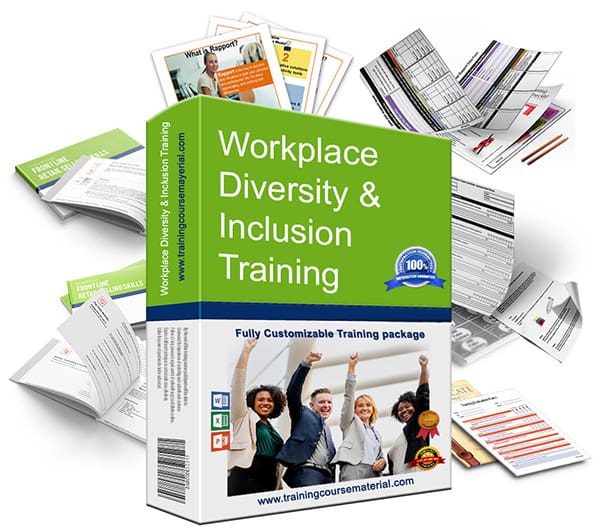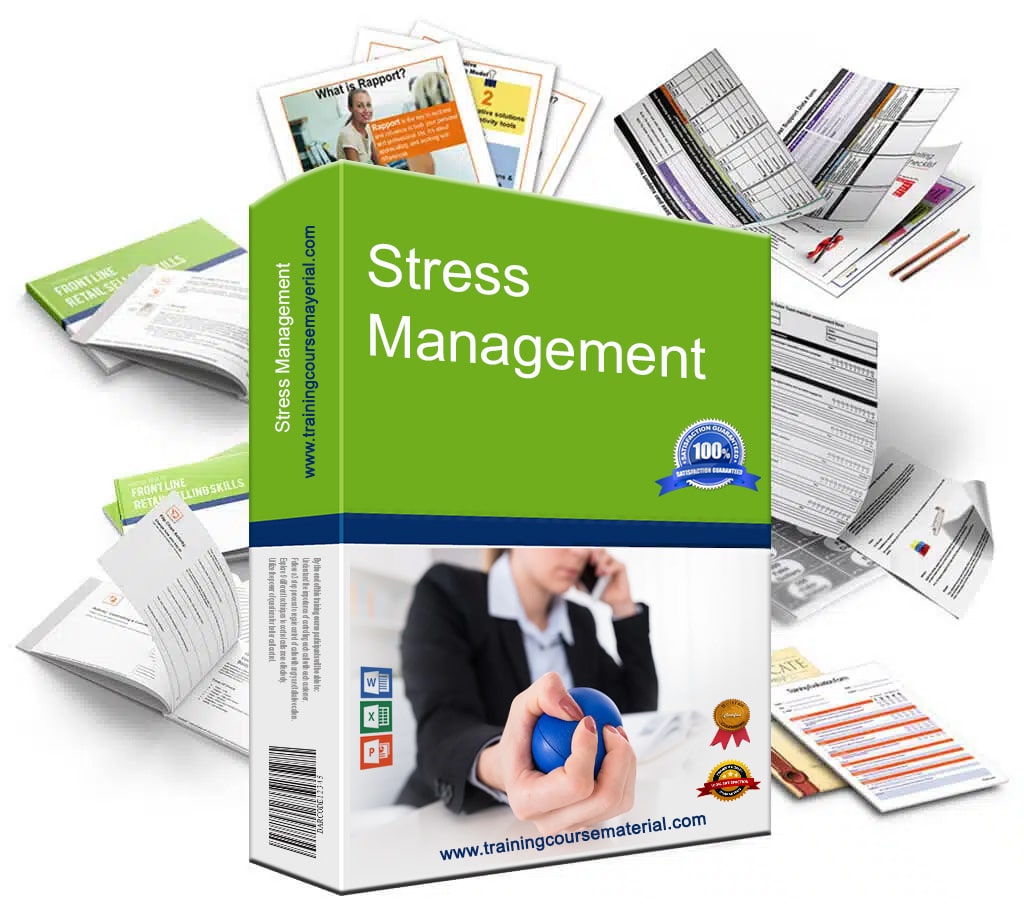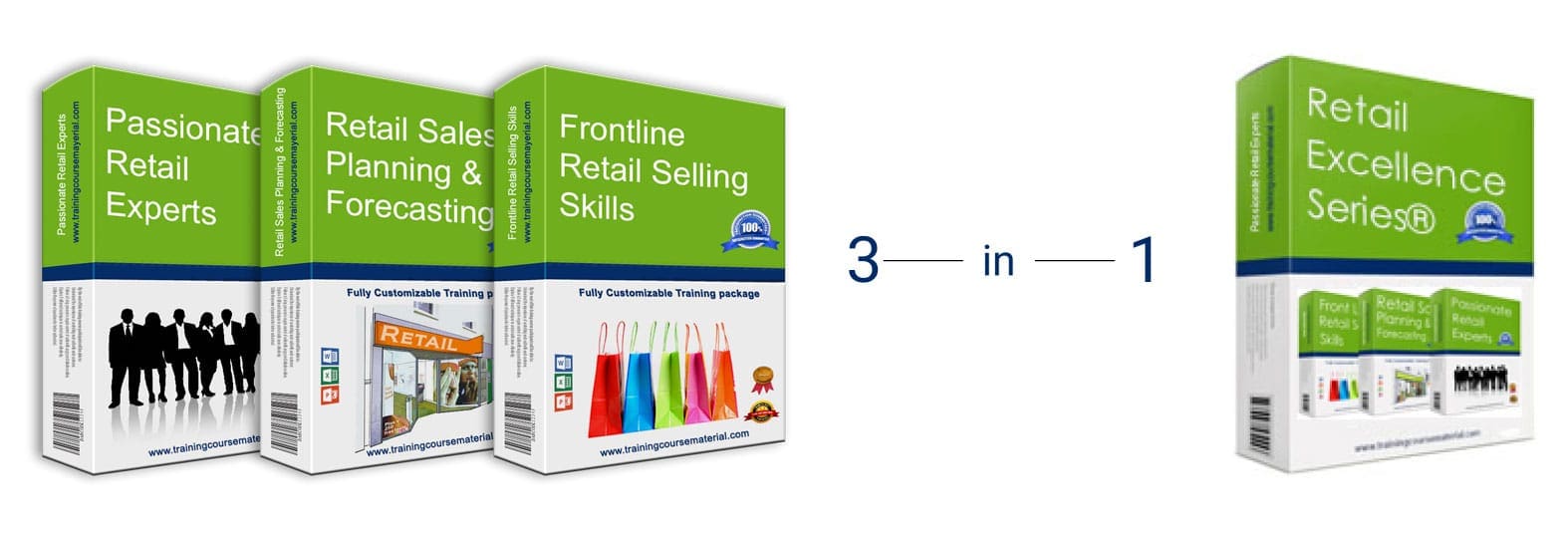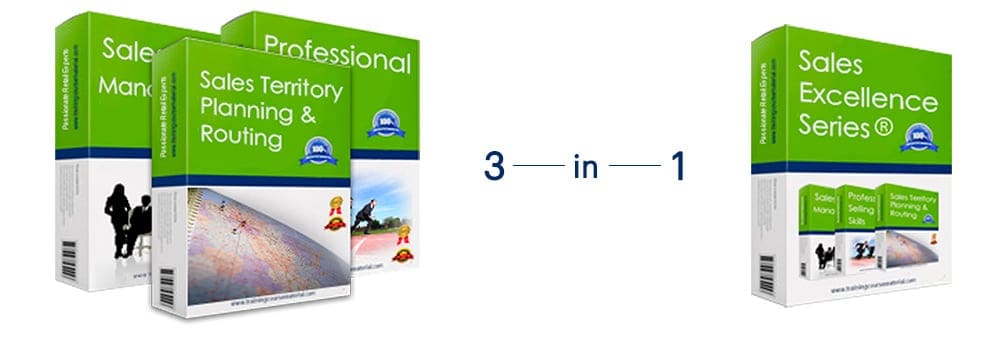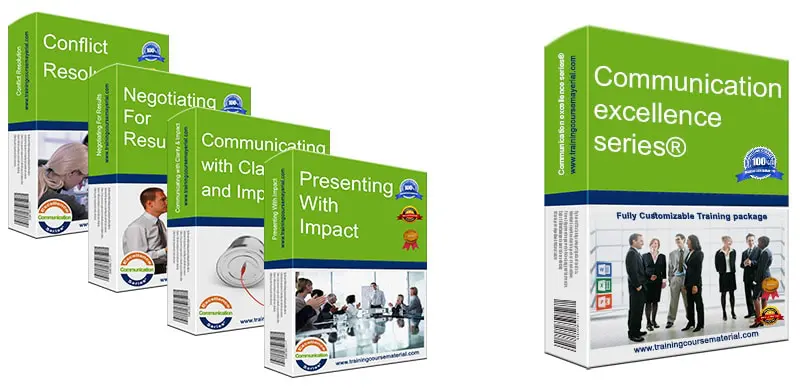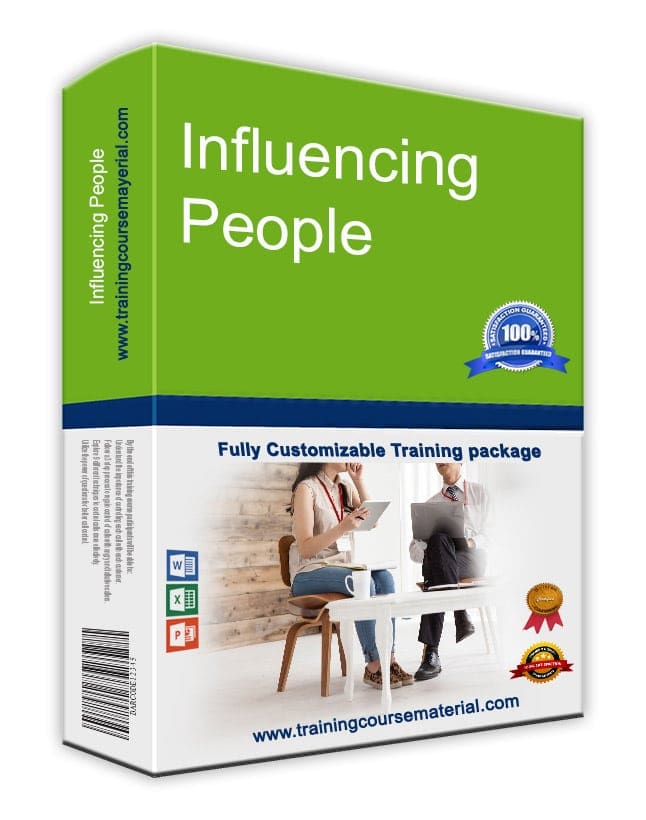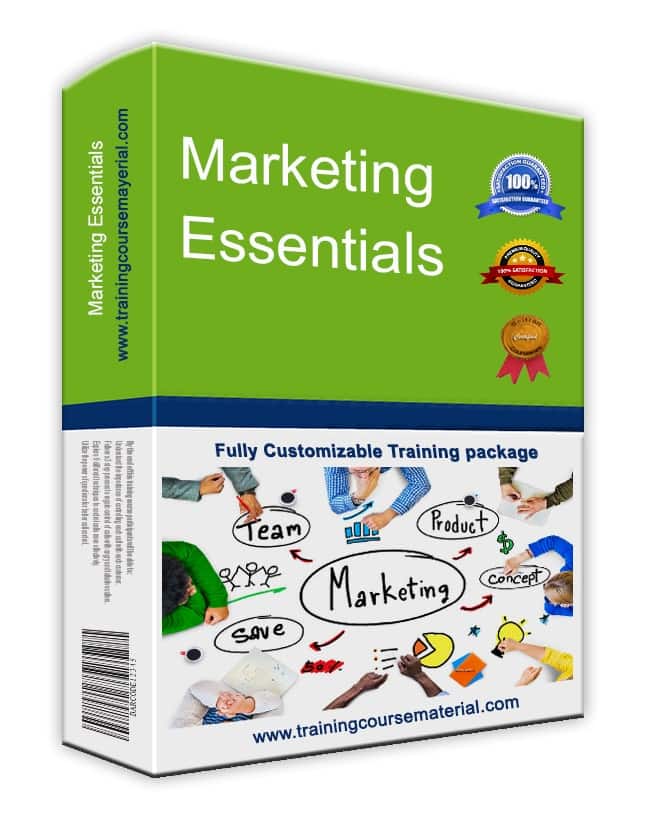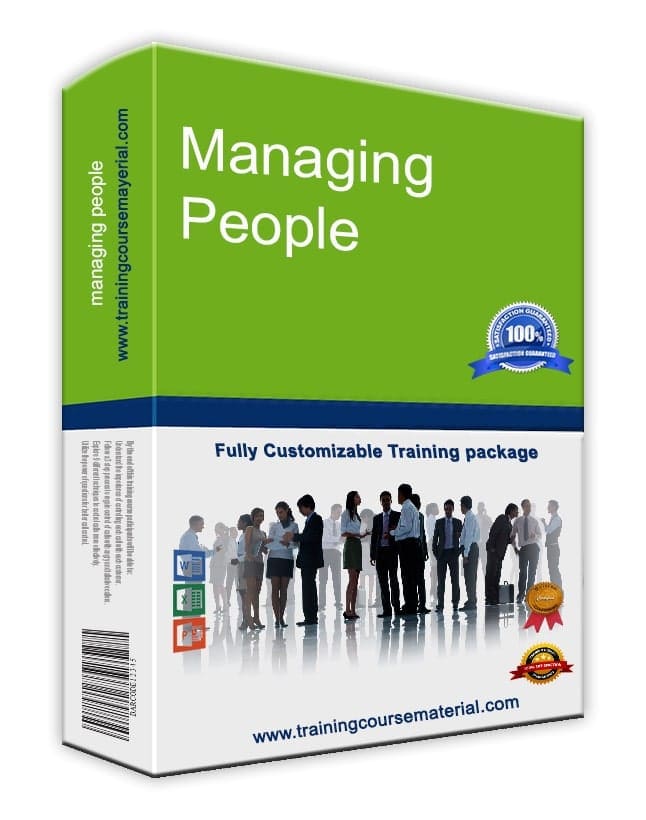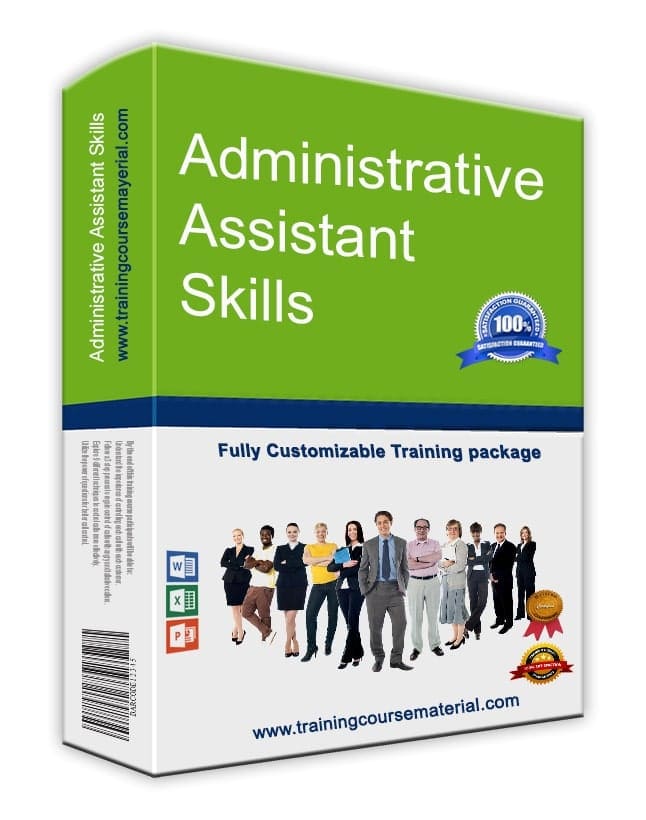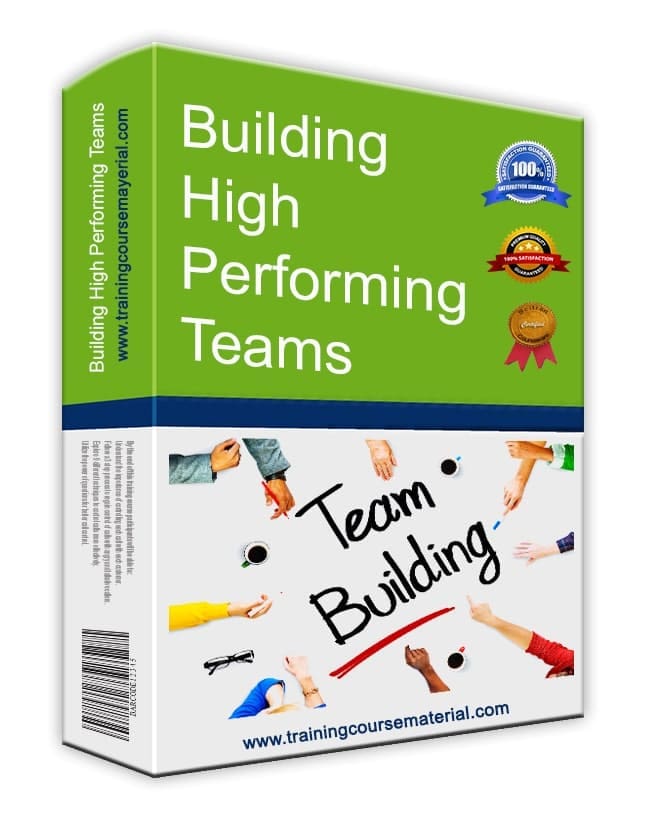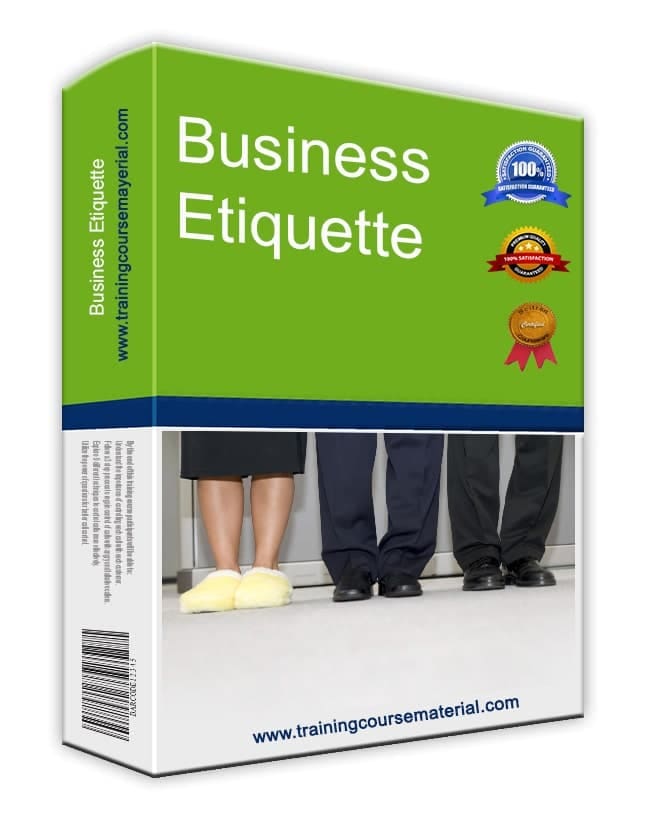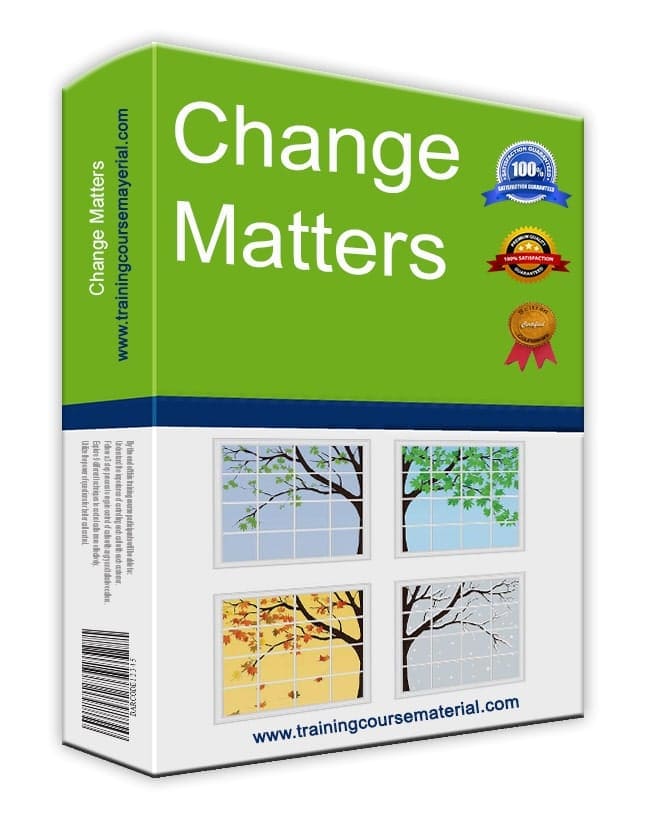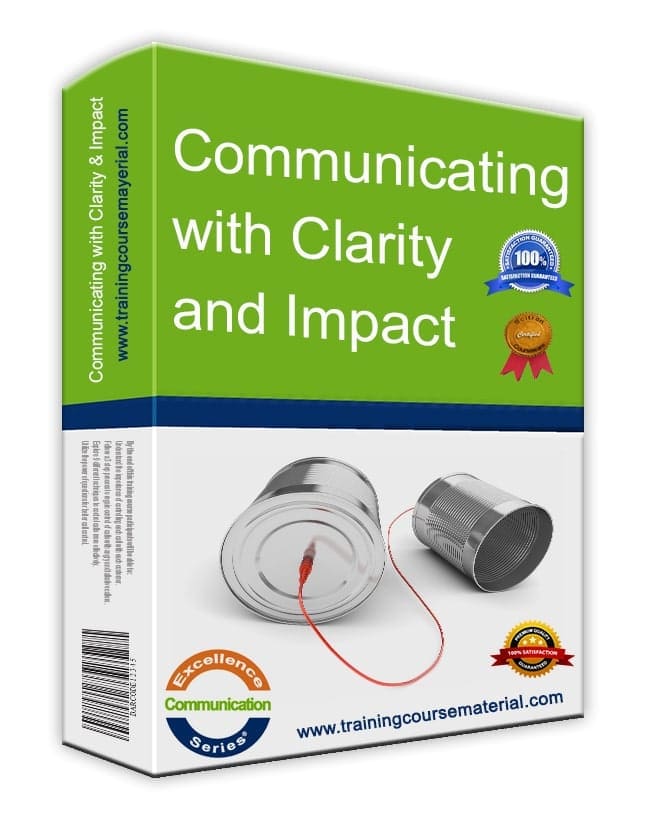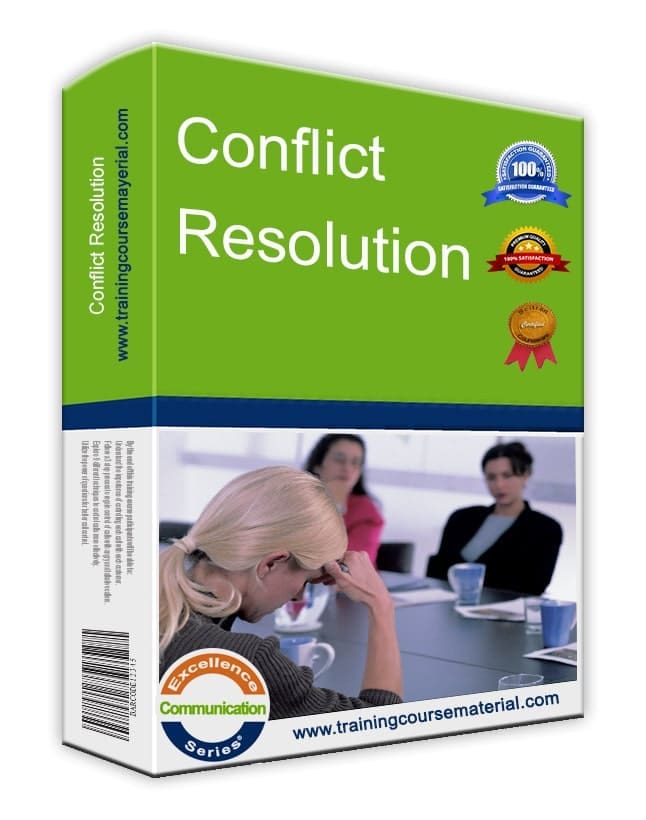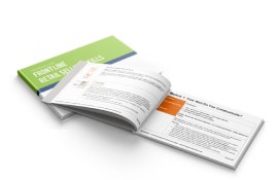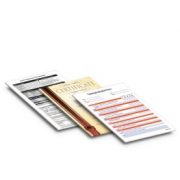When To Do It
At the end of the previous day
This allows you to tidy up loose ends and focus on tomorrow’s priorities. This is a good way of “putting your worries away in the drawer”, or leaving your work at work, if you tend to think about work during your quality family / social time.
OR
At the beginning of the day
Allowing you to focus on the day ahead before getting involved in the details. This is good for putting into perspective those tasks you thought were a bit scary yesterday. They often look less frightening after a good sleep!
Whatever your preference, choose which suits you best and JUST DO IT!
How To Do It
1. Make a list of all the tasks that need to be done over the next few weeks, whom they’re for, and when they’re required. You don’t have to write them up in priority order at this stage.
2. Review yesterday’s plan - transfer any outstanding tasks to today’s plan.
3. Check your weekly plan - transfer across any tasks for completion today
4. Look at today’s commitments and allocate time for preparation.
5. Prioritise your list into A, B & C categories, as defined on the next page.
6. Now prioritise your A’s, B’s & C’s further into 1’s, 2’s & 3’s.
7. Get your diary with hour by hour timeslots, and place your tasks into the most appropriate spaces.
8. Remember to build in contingency time for unexpected or urgent tasks that may come up during the day.
9. Oh, and don’t forget your lunch and coffee breaks too!
(This is quality recovery time).
Prioritizing your daily activities:
| Tasks for today | Priority Rating (A, B or C ) |
| 1- | |
| 2- | |
| 3- | |
| 4- | |
| 5- | |
| 6- | |
| etc. |
A Priorities Must do - 75% of today’s time – no more than 2 or 3 tasks per day. These tend to be either difficult, non-routine, or critical items, such as management directives, customer needs, significant deadlines that can’t be put off any longer.
B Priorities Should do - 20% to today’s time – no more than 4 or 5 tasks.
These aren’t as immediately important as your A’s, but affect results and have to be done. These don’t necessarily have critical deadlines.
C Priorities Like to do - 5% of today’s time, these are often those interesting and fun tasks we like doing. They’re relatively easy because we’re usually familiar with them. Often we should delegate these, eliminate or postpone them for slack periods. Sometimes their true destiny is really the WPB!
Planning the day
The hardest part of planning is maintaining the discipline to step back for a short while every day to actually do it. They say that it takes 30 days to make or break a habit, so I challenge you to test this theory out! Once you've got into the habit, planning your time in this way only takes a few well invested minutes.
If you find your daily planning isn’t working well, you may need to ask yourself “Am I achieving my highest priorities?” Try focusing on the benefits of investing a small amount of time in planning your day to save you vast amounts of time further down the line. Remember, the busier your are, or the more stressed, the more you need to manage your time in a disciplined way and eat the frog.
You may also ask yourself the following questions to help you work out if you are working as efficiently as you could be:
| Question | Yes | No |
| Are you trying to accomplish too much in a day ? | ||
| Did some tasks not get done because you were not ready at that time to do them ? | ||
| Was the item or task clear? | ||
| Did you find it difficult to make decisions? | ||
| Did you have all information available? | ||
| Had you neglected to plan sufficiently for the day because you were feeling under pressure? | ||
| Did you abandon the task because it was too difficult or too boring? |
By reviewing, you can determine if you’re giving yourself a realistic time budget. Interruptions are the most common reason many people fail to accomplish their goals. To counter these, it can be helpful to learn to say “No” more often…
For more on managing time, check out our instant download Time Management customizable training package.
The BIG Planning Tip - Planning best practice
A big planning tip: Never make your plan all at once. Best practice says that you should start working on your plan by listing all the action items in your plan that you can think of; then, leave it for a few hours and return back to finish it later.
as soon as you sit down and write your action plan steps, instantly your left-brain kicks into action. It is the logical part that wants to go step by step because of the nature of that side of our brains. But, if you leave your plan for a while, you actually give the right side of the brain a chance to contribute to your plan. While engaging in any routine task such as getting a coffee, going for a walk, or even watching TV, your plan will be in the back of your mind. You may think of additional steps or better ways of performing each item or task. You will be surprised how many more steps or actions you will add when you return back to your plan that you either didn't think of on the first time or forgot all together.

